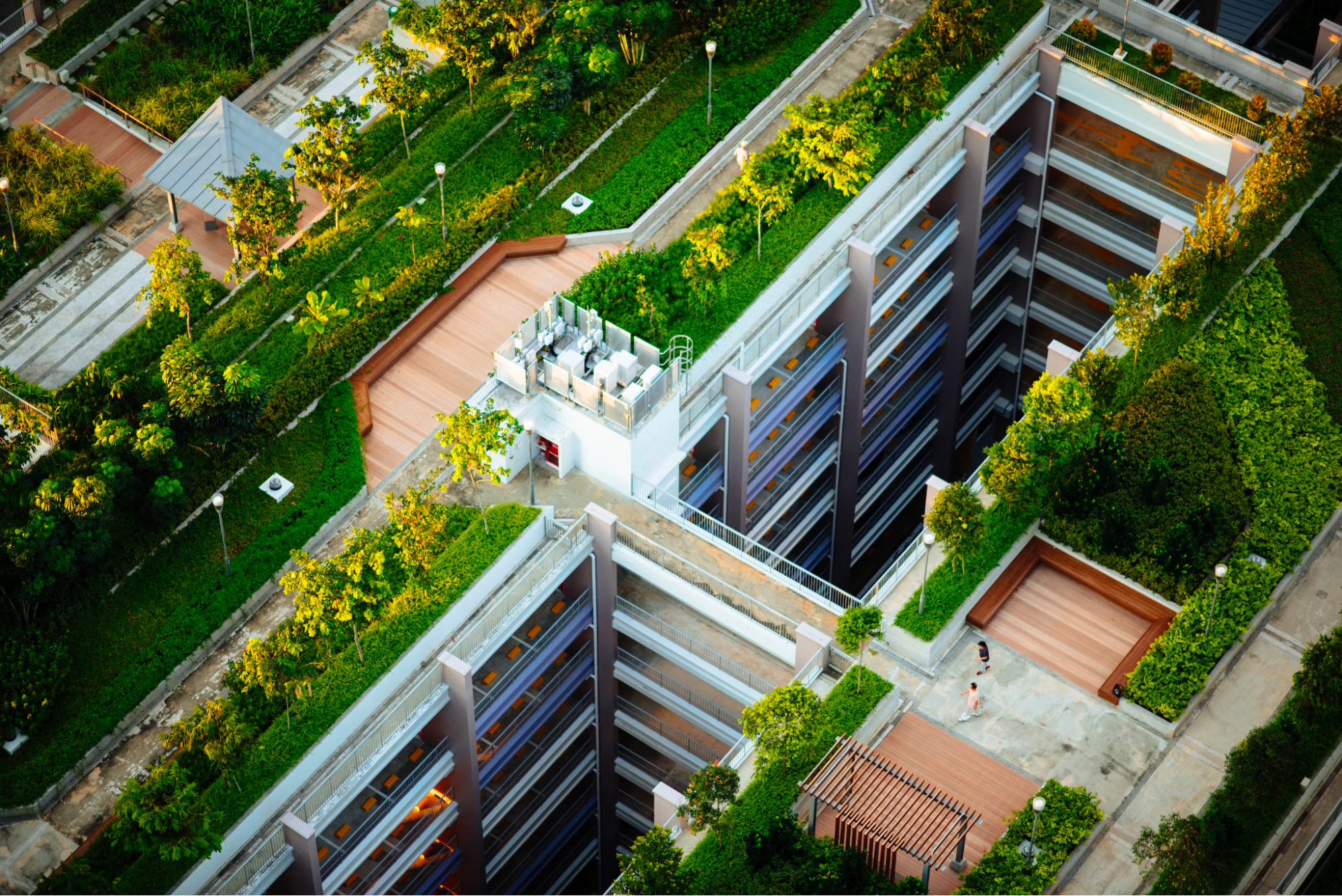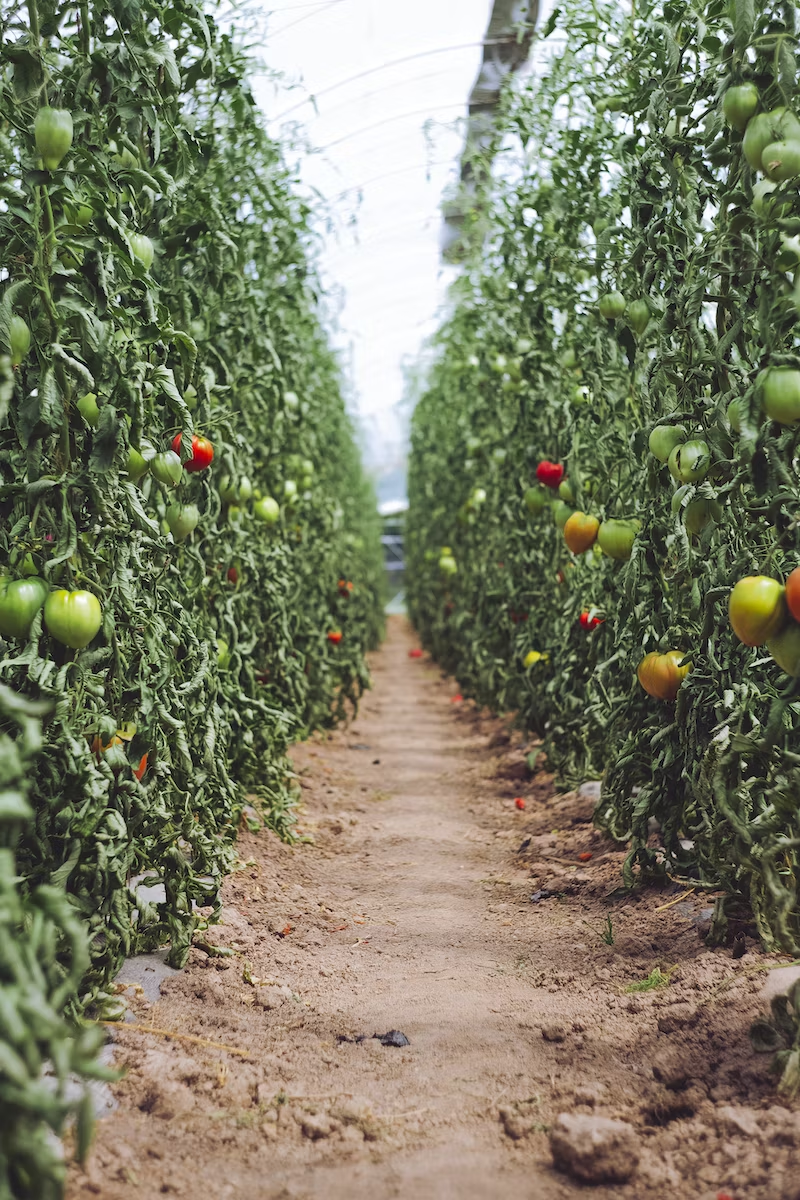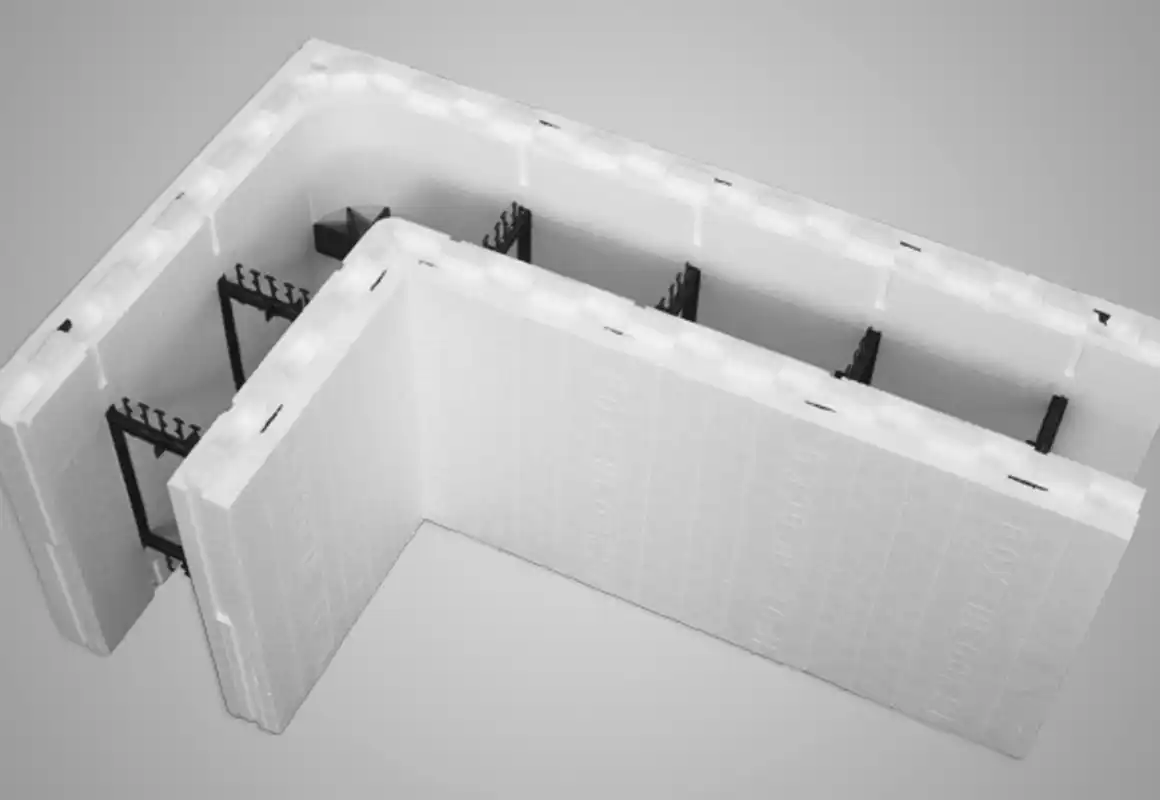
10 Green Building Construction Methods

With climate change and escalating energy costs, the importance of constructing a sustainable future cannot be emphasized enough. From this need, green building construction methods have emerged as options for not only reducing environmental footprints, but also cutting down energy expenses. These methods are based on eco-friendly practices and materials, and are aimed at promoting both environmental and economic sustainability.
Here are ten of the best green building construction methods available today:
1. Green Roofs

Green roofs, filled with vegetation, are a hallmark of urban green building methods. They serve as an additional insulation layer that reduces the need for artificial heating and cooling. Green roofs manage stormwater runoff and provide a habitat for urban wildlife, thereby fostering local biodiversity. When used to grow crops and herbs, they can be a delicious food source too.
2. Solar Panels

Harnessing solar energy through solar panels is a key green building construction method. Solar panels mitigate reliance on fossil fuels to cut down carbon emissions. They also offer significant savings on electricity bills over time, which proves their economic and environmental viability. Solar panels, especially when paired with energy storage systems, also make buildings more resilient by reducing reliance on the electrical grid.
3. Rainwater Harvesting Systems

Rainwater harvesting systems collect and store rainwater for later use, and reduce the dependency on the municipal water supply. This method not only conserves water, but also mitigates stormwater runoff, which can be detrimental to local water bodies.
4. Insulated Concrete Forms (ICFs)
A cornerstone among green building construction techniques, ICFs are excellent examples of energy efficiency and resilience. ICF construction consists of interlocking, hollow blocks filled with concrete that provide exceptional insulation on both the interior and exterior.

Strong and energy-efficient ICF blocks are made sustainably as well. The ties used to hold the block’s foam panels together are often made from recycled materials. The concrete used in ICF construction is typically locally-sourced, which makes ICF construction even more sustainable.
ICF construction significantly reduces energy consumption for heating or cooling, which lowers greenhouse gas emissions and makes the building more sustainable. ICF construction minimizes thermal bridging and helps keep interior temperatures consistent due to the thermal mass of the concrete in the walls. ICFs also boast remarkable durability against natural calamities like hurricanes, floods, wildfires and earthquakes, which makes them a safe and sustainable choice. High-performance and quality construction and materials along with an ICF building envelope can easily provide Net Zero Ready homes.
5. Passive Solar Design

Sunlight is a great source of light and energy inside the home when incorporated correctly. While solar panels actively use the Sun’s energy, passive solar design capitalizes on natural light and warmth to heat and illuminate buildings. By optimizing window placement and utilizing thermal mass materials like ICF blocks, this method minimizes the need for artificial heating, lighting, and cooling, to help curb energy consumption.
6. Recycled and Sustainable Materials

Utilizing recycled and sustainably sourced materials is a hallmark of green building construction techniques. Materials that range from recycled steel to bamboo minimize the environmental impact associated with the extraction and processing of virgin resources. When using other types of construction products, it is important to know how much of the materials are recycled and how sustainable the manufacturing processes used to make them are.
7. Energy-Efficient Windows and Doors

Investing in energy-efficient windows and doors with superior insulation properties can significantly reduce energy loss. Windows and doors should also have proper seals to ensure they seal correctly when closed. This green building construction method not only lowers energy costs, it also enhances the comfort and aesthetic appeal of the space.
8. Low-VOC and Non-Toxic Materials
Employing low-volatile organic compound (VOC) and non-toxic materials in construction protects both environmental and human health. These materials significantly reduce indoor air pollution for a healthier living environment.
9. High-Efficiency HVAC Systems
High-efficiency heating, ventilation, and air conditioning systems optimize energy use, and significantly reduce electricity bills and carbon emissions. Newer systems have designs that better optimize energy usage and thermal comfort, especially in well-insulated homes. They also provide superior indoor air quality and consistent conditions.
10. Living Walls

Living walls, akin to green roofs, introduce vegetation into the building design, for natural insulation, improved air quality, and enhanced aesthetic appeal.
The methods of green building listed above are crucial to achieving a symbiotic relationship between construction and the natural environment. They not only highlight the importance of environmental stewardship, they also provide economic and social benefits. Moving into a greener future means that embracing green building construction methods is imperative.
Fox Blocks: The Green Alternative
Fox Blocks is at the forefront of providing innovative green building solutions like ICFs that are not only energy-efficient, but also economically viable and sustainably produced. Their products are engineered for sustainability, to ensure a blend of functionality, affordability, and eco-friendliness.
Any investigation into green building construction techniques should begin with Fox Blocks. Reach out to their green building experts today and begin your journey toward a sustainable and prosperous future!